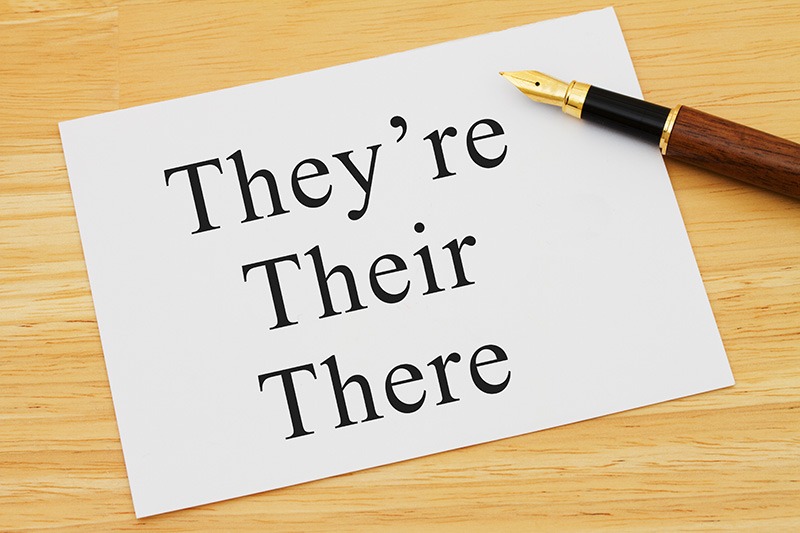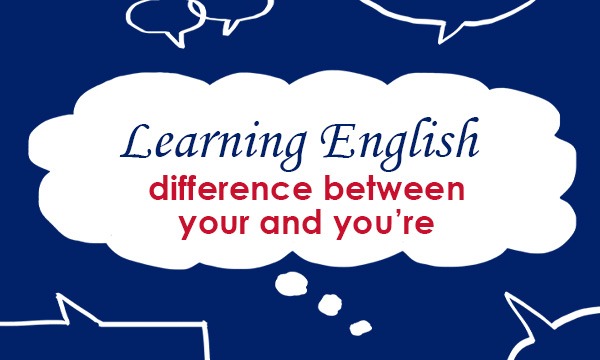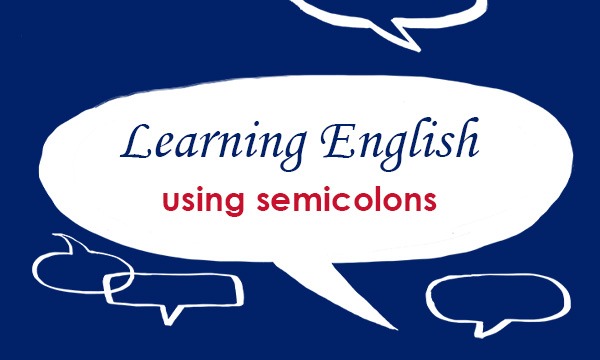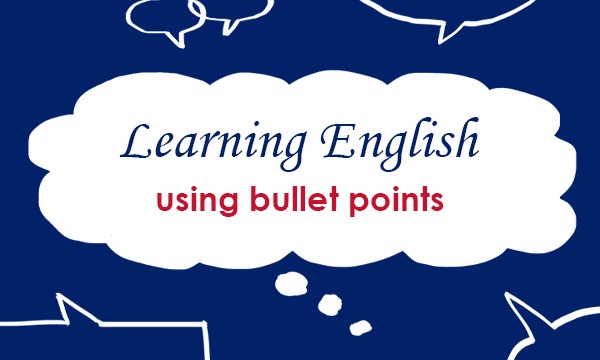
Their, there and they’re are homophones that are often confused by learners and native speakers of English alike. Here is a short guide to help understand the difference between them.
their
Their is a possessive determiner. You use their to show that something belongs or relates to a thing, place, animal, or child.
They have announced their engagement.
Horses were poking their heads over their stall doors.
The trees are already losing their leaves.
there
There is an adverb. You use there to refer to a place that has already been mentioned, or to indicate a place that you are pointing to or looking at, in order to draw someone’s attention to it.
The toilets are over there.
How do I get there?
It takes 2 hours to get there and back.
There is also a pronoun. You use there with the verb ‘to be’ to say that something exists or does not exist.
There is some milk in the fridge.
Are there are any tickets left?
There are no trains on Sundays.
they’re
They’re is a contraction, meaning that it is a shortened form of ‘they are’. The apostrophe replaces the missing letter ‘a’ when the two words are combined.
They’re our new neighbours.
I need to know if they’re coming to the party.
What do you think they’re going to say?
For further information on English Usage, visit: https://grammar.collinsdictionary.com/english-usage
Come back for other blogs on using English in everyday situations: https://blog.collinsdictionary.com/language-learners/learning-english/
All opinions expressed on this blog are those of the individual writers, and do not necessarily reflect the opinions or policies of Collins, or its parent company, HarperCollins.



